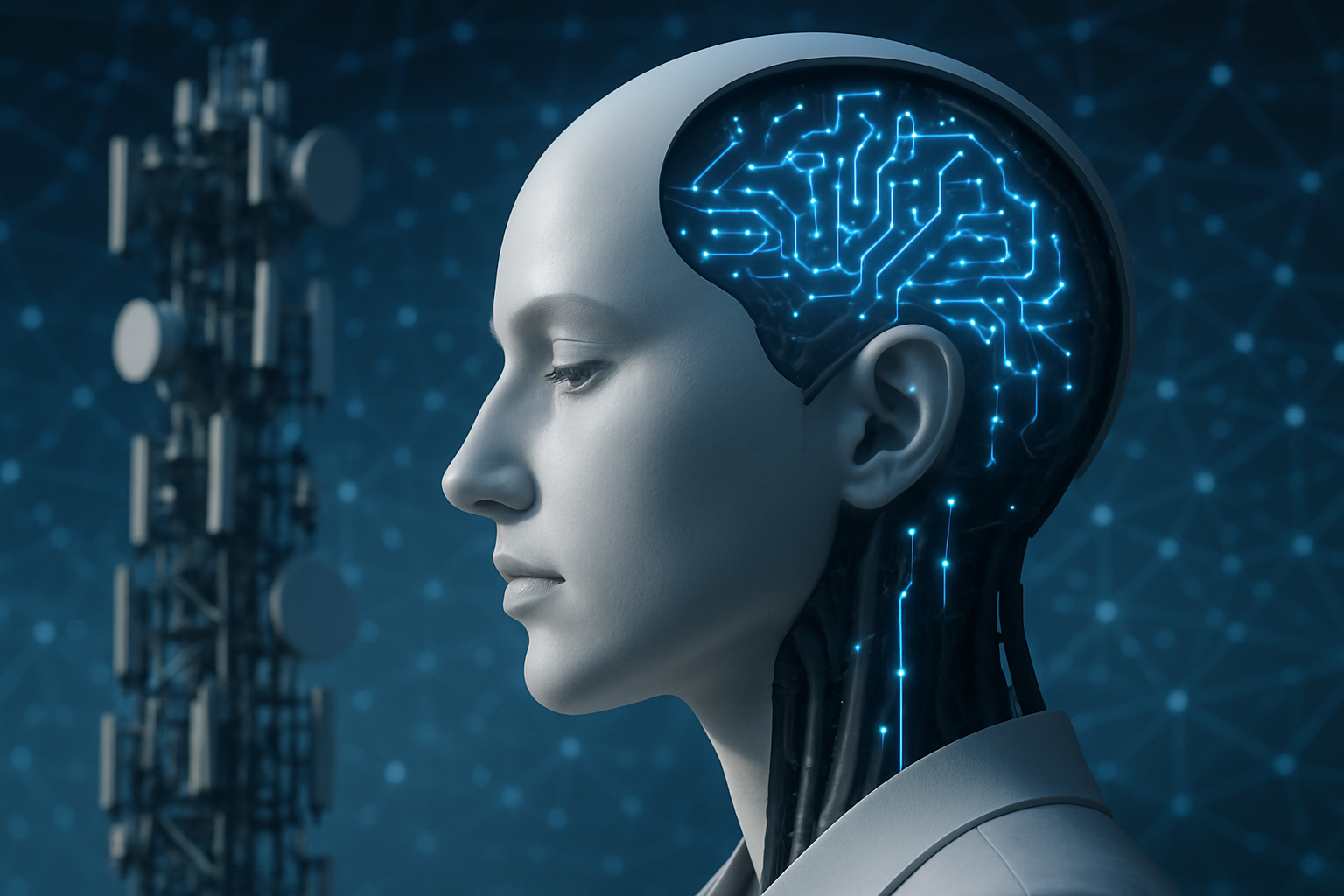Neuromorphic Chips: The Brain-Inspired Computing Revolution
The future of computing is taking a surprising turn, drawing inspiration from the most complex processor we know: the human brain. Neuromorphic chips, a cutting-edge technology that mimics the neural structure and function of biological brains, are poised to revolutionize the way we approach artificial intelligence and data processing. As traditional computing architectures reach their limits, these brain-like chips offer a tantalizing glimpse into a more efficient and powerful future for our digital devices.

Unlike traditional von Neumann architecture, which separates memory and processing units, neuromorphic chips integrate these functions, much like neurons in the brain. This approach allows for parallel processing, lower power consumption, and the ability to learn and adapt – features that are crucial for next-generation AI applications.
How Neuromorphic Chips Work
At their core, neuromorphic chips consist of artificial neurons and synapses. These components are designed to mimic their biological counterparts, using electrical signals to transmit and process information. The key difference lies in how these chips handle data.
Traditional computers process information sequentially, following a set of predefined instructions. Neuromorphic chips, on the other hand, can process multiple streams of data simultaneously, adapting and learning from the information they receive. This parallel processing capability makes them particularly well-suited for tasks that involve pattern recognition, sensory processing, and decision-making under uncertainty.
The Potential Impact on AI and Machine Learning
The implications of neuromorphic computing for artificial intelligence are profound. Current AI systems, while impressive, are often energy-intensive and struggle with tasks that humans find intuitive, such as recognizing objects in varied environments or understanding context in language.
Neuromorphic chips could enable AI systems that are not only more efficient but also more adaptable and capable of unsupervised learning. This could lead to breakthroughs in areas such as computer vision, natural language processing, and robotics. Imagine AI assistants that truly understand context and nuance, or autonomous vehicles that can navigate complex, unpredictable environments with ease.
Real-World Applications and Current Research
Several major tech companies and research institutions are already investing heavily in neuromorphic computing. IBM’s TrueNorth chip, for instance, contains one million neurons and 256 million synapses, while Intel’s Loihi chip boasts 130,000 neurons and 130 million synapses.
These chips are finding applications in diverse fields. In healthcare, they’re being used to analyze complex medical imaging data more efficiently. In robotics, they’re enabling more responsive and adaptive control systems. And in edge computing, they’re allowing for more powerful and energy-efficient local processing, reducing the need for cloud connectivity.
Challenges and Future Prospects
Despite its promise, neuromorphic computing faces several challenges. One of the biggest is scalability – while current chips can simulate thousands or millions of neurons, they’re still far from matching the complexity of the human brain, which contains roughly 86 billion neurons.
There’s also the challenge of developing software and algorithms that can fully utilize the unique capabilities of these chips. Traditional programming paradigms don’t necessarily translate well to neuromorphic architectures, requiring new approaches to software development.
However, the potential rewards are immense. As we continue to push the boundaries of what’s possible in computing, neuromorphic chips offer a path forward that’s not just more powerful, but fundamentally different from what we’ve seen before. They represent a shift from binary, deterministic computing to a more fluid, adaptive approach that could unlock new realms of artificial intelligence and data processing.
As research progresses and these chips become more sophisticated, we may be on the cusp of a new era in computing – one that’s more brain-like in its ability to learn, adapt, and solve complex problems. The future of computing might just be inside our own heads.





